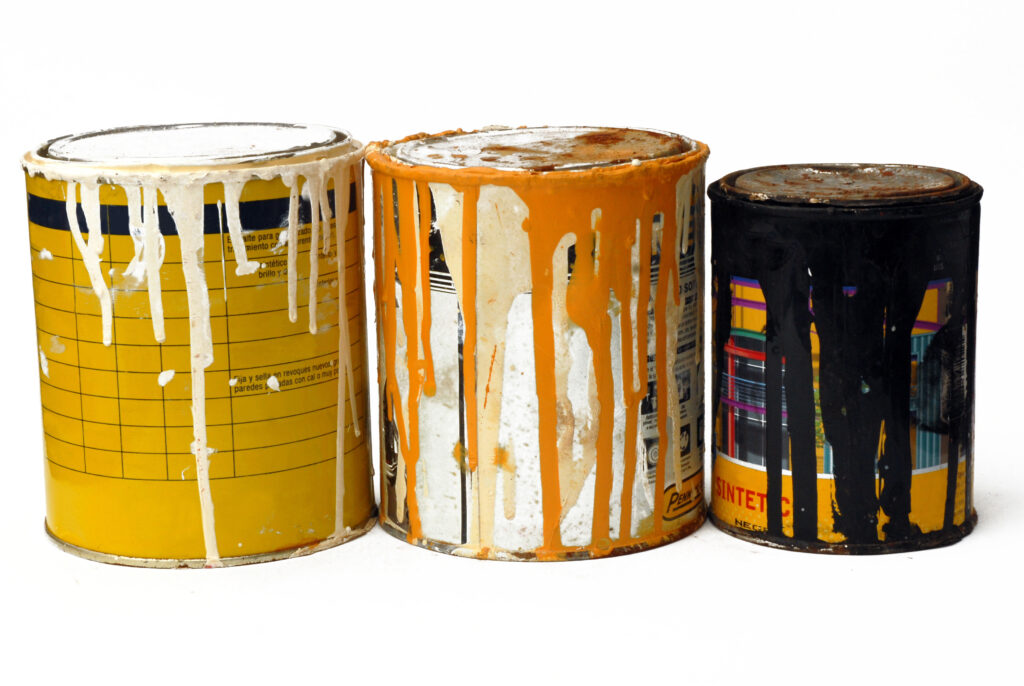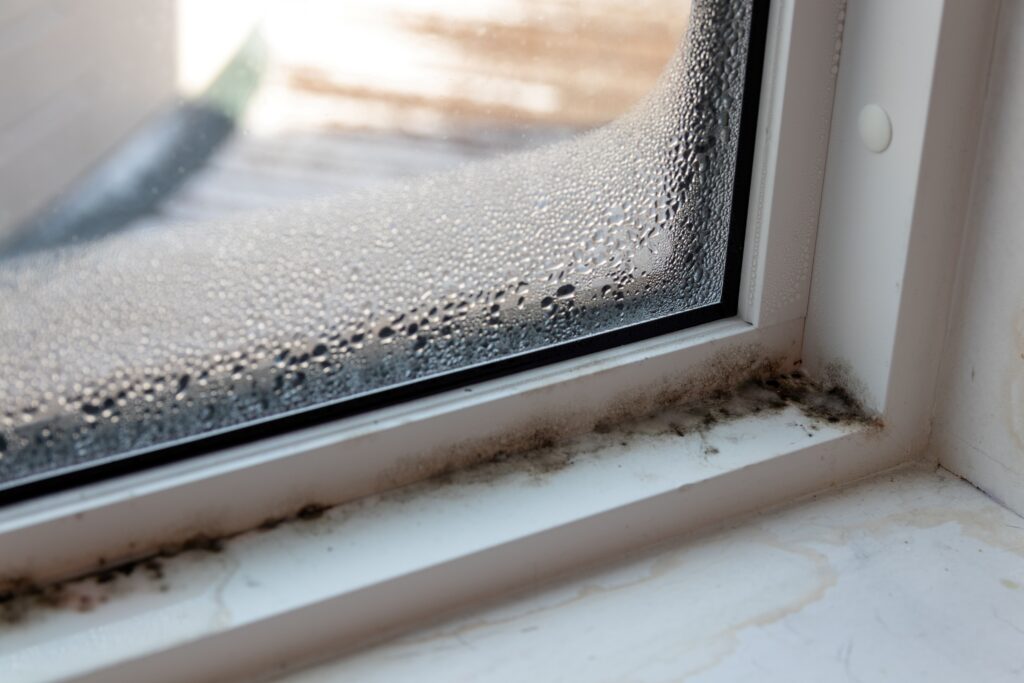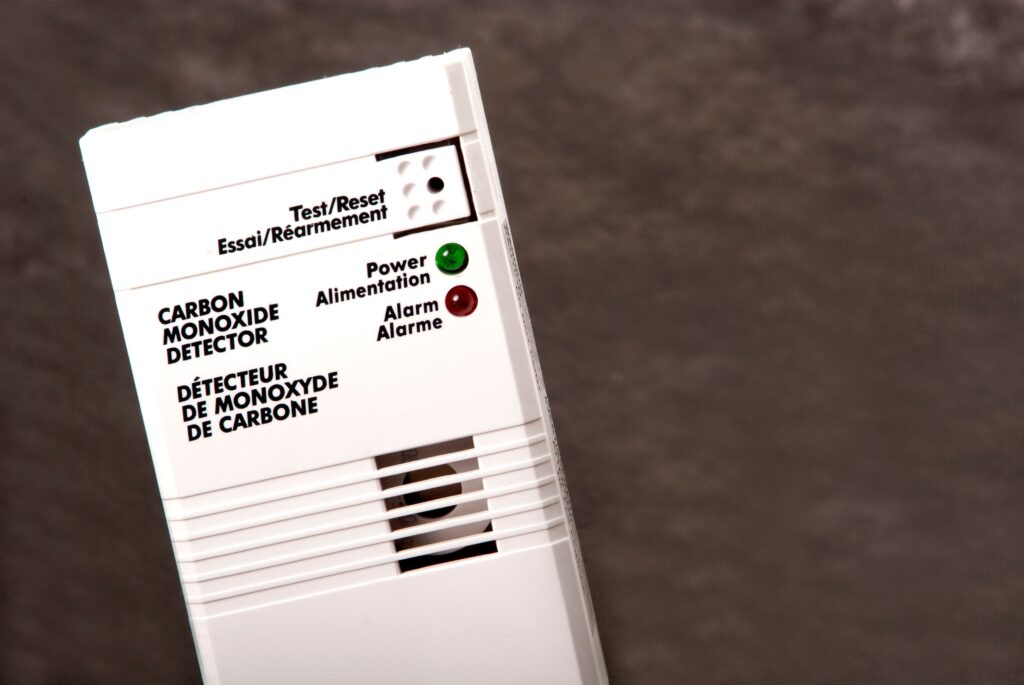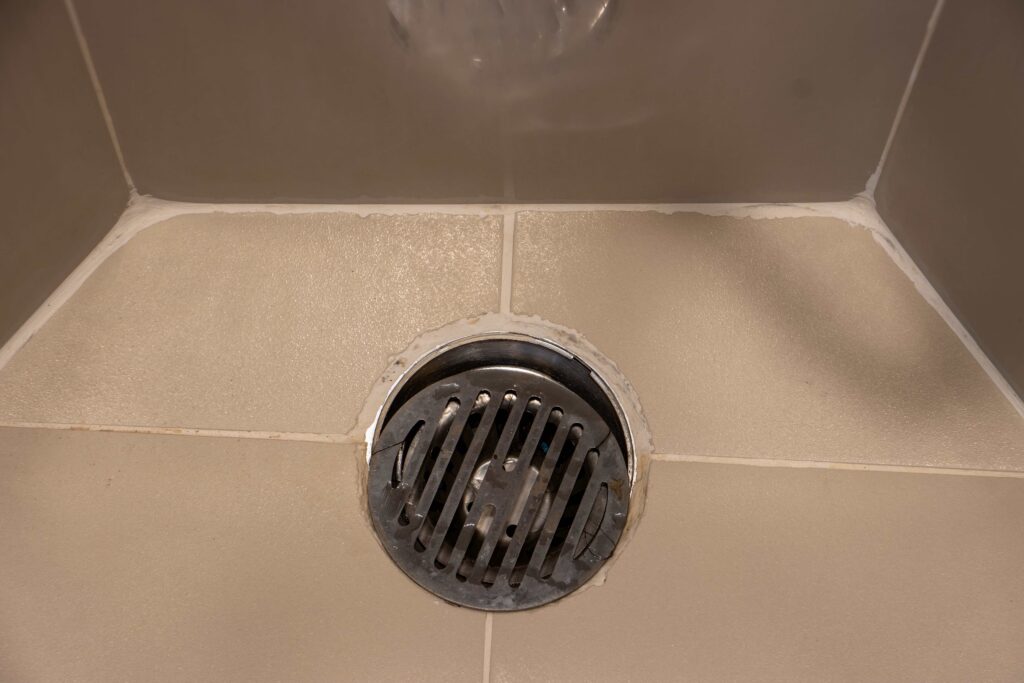Headaches can significantly disrupt daily life and productivity. Understanding the causes of headaches, particularly those linked to indoor air quality, is crucial for alleviating their impact. This comprehensive guide will delve into how various toxic contaminants contribute to headaches and the importance of air quality testing.

How Toxic Contaminants Cause Headaches
1. Volatile Organic Compounds (VOCs)

- Sources and Effects: VOCs are emitted by a variety of household products, including paints, cleaning supplies, pesticides, building materials, and furnishings. These compounds can irritate the eyes, nose, and throat, and cause headaches, nausea, and damage to the liver, kidneys, and central nervous system. Common sources of VOCs include:
- Paints and Finishes: Products like paints, varnishes, and stains often release VOCs during application and drying.
- Cleaning Supplies: Many cleaning products contain solvents that release VOCs when used.
- Pesticides: These can release VOCs both during application and as they degrade.
- Building Materials: Items such as plywood, particleboard, and insulation can release formaldehyde, a common VOC, over time.
- Furnishings: New furniture, carpets, and drapes can emit VOCs, especially when new.
- Health Risks: Short-term exposure to high levels of VOCs can cause immediate symptoms such as headaches and dizziness. Long-term exposure can lead to severe health issues, including cancer and damage to vital organs . VOCs can also exacerbate existing conditions like asthma and allergies, leading to more frequent and severe headaches.
2. Mold and Allergens

- Sources and Effects: Mold spores and allergens like dust mites are common in damp environments. Inhaling these spores can cause allergic reactions and sinus inflammation, common triggers for headaches. Common sources include:
- Damp Areas: Bathrooms, basements, and kitchens where humidity levels are high.
- Poor Ventilation: Areas with poor air circulation can develop mold more easily.
- Leaks: Water leaks from roofs, windows, or pipes can create ideal conditions for mold growth.
- Health Risks: Chronic exposure to mold and allergens can lead to respiratory issues, persistent headaches, and in severe cases, trigger asthma attacks. Mold spores can also produce mycotoxins, which can be harmful when inhaled over long periods.
3. Ultrafine Particulate Matter (PM)
- Sources and Effects: Ultrafine particles from combustion reactions (e.g., cooking or smoking) and electronic devices can penetrate deep into the lungs and enter the bloodstream, causing respiratory and cardiovascular problems that often manifest as headaches. Common sources include:
- Cooking: Especially frying and grilling, which can release fine particles.
- Smoking: Tobacco smoke is a significant source of particulate matter.
- Electronic Devices: Some electronic devices can emit fine particles during operation.
- Health Risks: Long-term exposure to high levels of PM increases the risk of chronic diseases such as heart disease and lung cancer. PM can also trigger inflammation in the body, contributing to headaches and other health issues.
4. Formaldehyde
- Sources and Effects: Found in construction materials, household products, and some furniture, formaldehyde is a known irritant that can cause headaches, dizziness, and nausea upon exposure. Common sources include:
- Health Risks: Prolonged exposure increases the risk of cancer and significantly impacts the immune and respiratory systems. Formaldehyde can also cause irritation of the eyes, nose, and throat, leading to headaches and other symptoms.
5. Poor Oxygenation

- Sources and Effects: Poorly ventilated homes can result in low oxygen levels, causing cluster headaches and other health issues. Sources include:
- Inadequate Ventilation: Homes that are sealed tightly for energy efficiency can lack adequate fresh air exchange.
- High Occupancy: More people in a small space can reduce available oxygen levels.
- Health Risks: Ensuring adequate ventilation is crucial to maintain healthy oxygen levels and prevent headaches. Symptoms of poor oxygenation include dizziness, shortness of breath, and headaches.
6. Carbon Monoxide

- Sources and Effects: Even at low levels, carbon monoxide can cause severe headaches and fatigue. This gas can emanate from faulty heating systems, car exhausts, and improper use of fuel-burning appliances. Sources include:
- Faulty Appliances: Gas stoves, heaters, and boilers.
- Car Exhaust: Especially in attached garages or near home ventilation intakes.
- Poorly Ventilated Fireplaces: Can leak carbon monoxide into living spaces.
- Health Risks: High exposure can be fatal, making it essential to have proper ventilation and functioning carbon monoxide detectors. Symptoms of carbon monoxide poisoning include headaches, dizziness, and confusion.
7. Carbon Dioxide

- Sources and Effects: Elevated carbon dioxide levels indicate poor ventilation, leading to headaches and other health issues. Sources include:
- Respiration: Exhaled by people and pets.
- Combustion Appliances: Can contribute to increased indoor CO2 levels if not properly vented.
- Health Risks: Prolonged exposure can lead to increased respiratory rates and acidification of the blood, causing symptoms like headaches, dizziness, and fatigue.
8. Sewer Gases

- Sources and Effects: Gases such as sulfur dioxide and ammonia from sewer leaks can induce headaches and nausea. Sources include:
- Sewer Leaks: Cracks or breaks in sewer lines.
- Dry Drains: Infrequently used drains can allow sewer gases to enter the home.
- Health Risks: Long-term exposure can result in severe respiratory problems and other health complications, including chronic headaches and nausea.
Importance of Air Quality Testing
Testing for these contaminants is essential to ensure a healthy living environment. Regular testing helps identify and eliminate sources of indoor air pollution, thereby reducing headache occurrences. Utilizing professional services like those offered by IndoorDoctor can provide comprehensive air quality assessments, targeting specific pollutants such as VOCs, mold, PM, formaldehyde, and others. Regular testing can also help track improvements and ensure that mitigation efforts are effective.
Solutions and Recommendations for Frequent Headaches
- Test for Contaminants: Regularly use professional services to test for VOCs, mold, PM, formaldehyde, and other harmful pollutants. Indoor air quality professionals can provide detailed reports and recommendations for improving air quality.
- Improve Ventilation: Ensure your home has proper ventilation to maintain healthy oxygen and carbon dioxide levels. Use exhaust fans in kitchens and bathrooms, and open windows when weather permits to allow fresh air to circulate.
- Monitor and Eliminate Sources: Regularly check for and address sources of indoor air pollution, such as mold growth, combustion reactions, and poor ventilation systems. Fix leaks promptly to prevent mold growth and ensure appliances are well-maintained to avoid carbon monoxide and other gas leaks.
- Use Low-VOC Products: Opt for products that emit fewer VOCs to reduce indoor pollution levels. Look for low-VOC paints, finishes, and cleaning products. When purchasing new furniture or building materials, choose options that are certified for low emissions.
Conclusion – Poor Indoor Air Quality Causes Headaches
Maintaining good indoor air quality is vital for preventing headaches and promoting overall health. Regular testing and proactive measures can significantly reduce the impact of indoor air pollutants on your well-being. By understanding the sources and health risks associated with various indoor pollutants, homeowners can take effective steps to improve their indoor environments.
For more detailed information on how poor indoor air quality can cause headaches and the specific contaminants involved, visit IndoorDoctor.
References
- U.S. Environmental Protection Agency. Volatile Organic Compounds’ Impact on Indoor Air Quality. EPA.
- HealthLink BC. Indoor Air Quality: Volatile Organic Compounds (VOCs). HealthLink BC.
- New York State Department of Health. Volatile Organic Compounds in Commonly Used Products. NY DOH.





